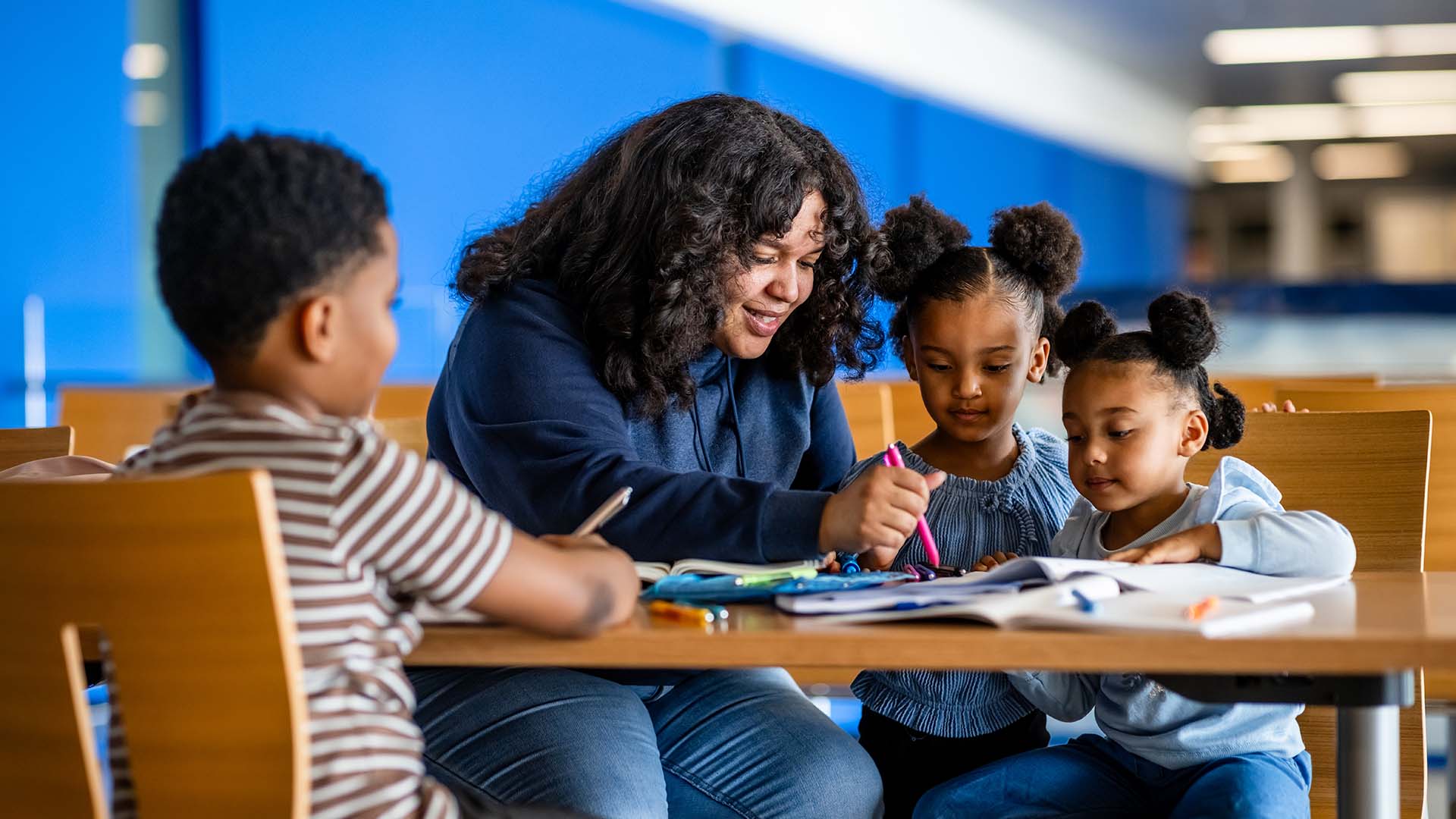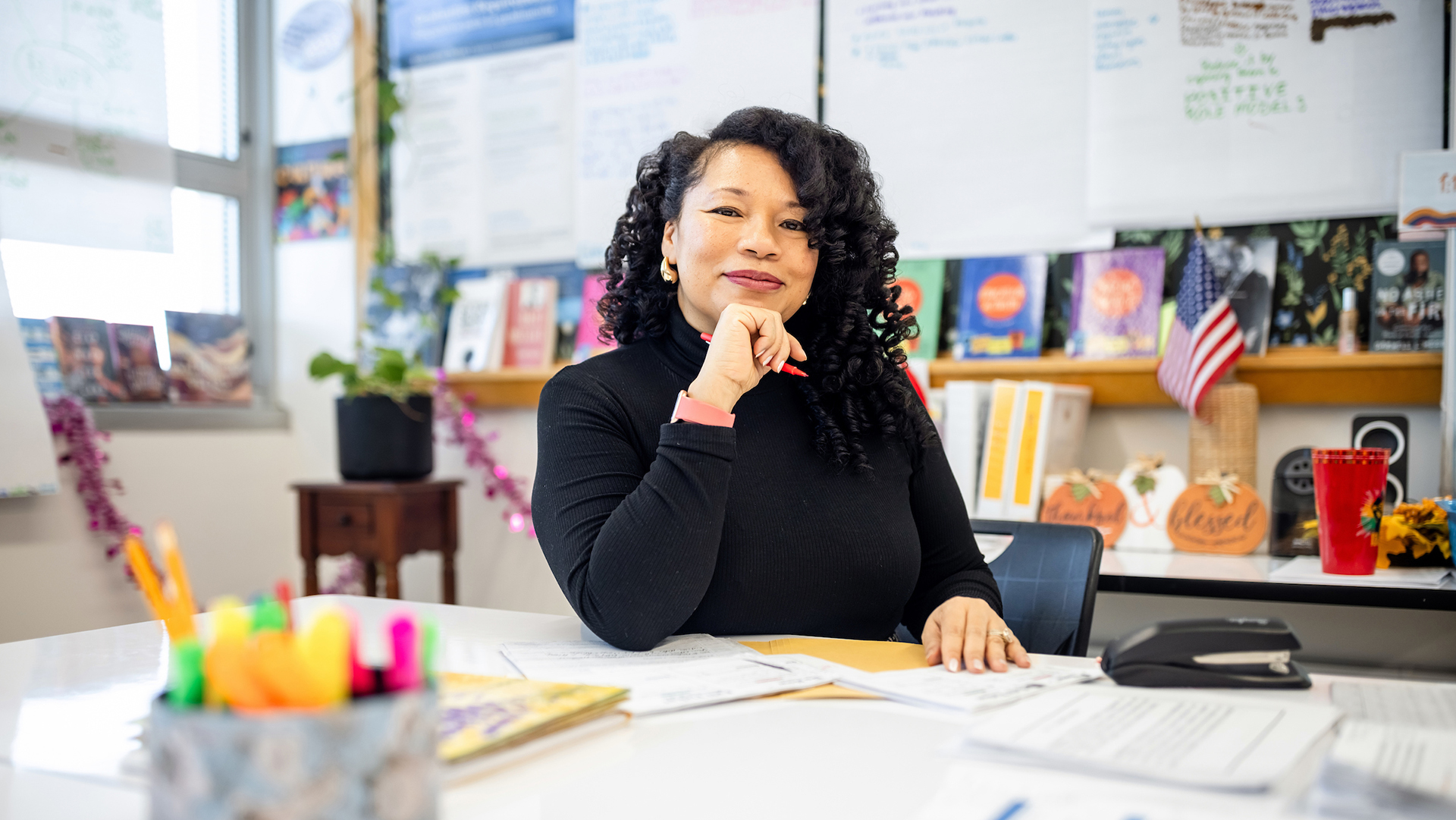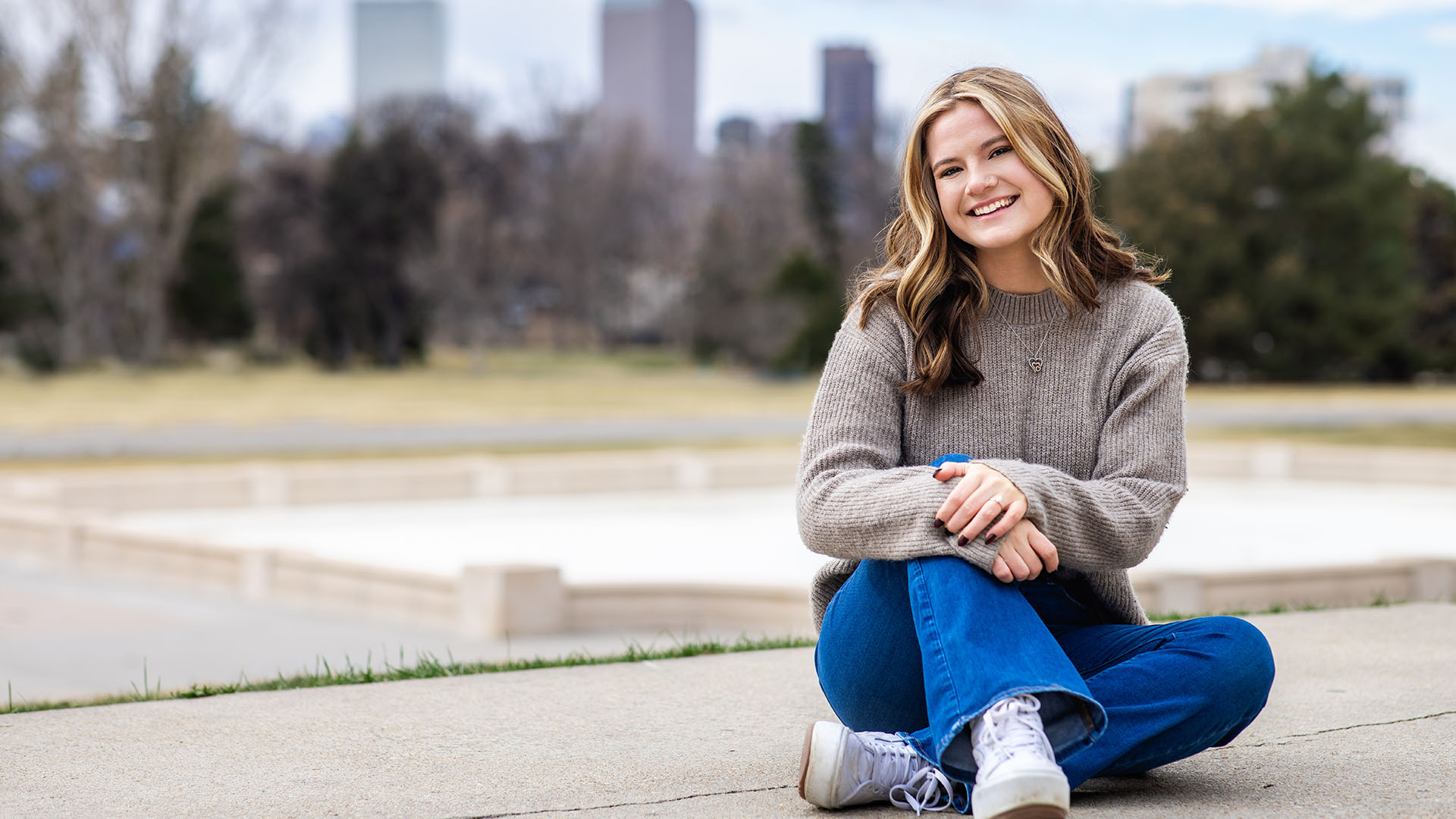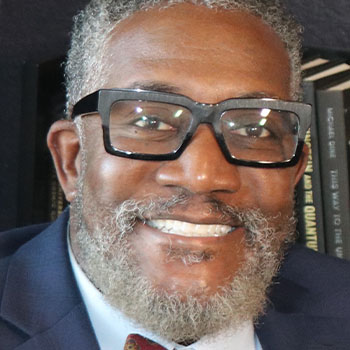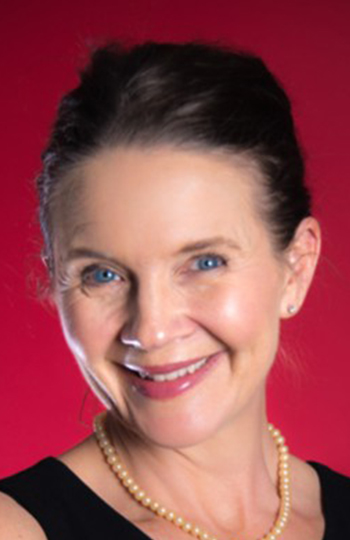Who takes care of teachers?
Connecting with kids makes for better instructors, but the emotional expense takes a toll.

A comic that’s well-known in education circles shows a woman standing in an exam room with a physician pointing to a large shape in the middle of an X-ray. The quote under the illustration reads, “Your heart is slightly bigger than the average human heart, but that’s because you’re a teacher.”
The comic, sketched by former teacher and principal Aaron Bacall, originally appeared in the New Yorker as a reverent representation of the position of teachers in our society.
Ofelia Schepers, an assistant professor of elementary education at Metropolitan State University of Denver, included the comic in her doctoral thesis on work-related health hazards facing teachers. She interprets it differently.
“The comic intends it to be a positive thing, yet biologically an enlarged heart typically results from high blood pressure or coronary-artery disease and can lead to congestive heart failure,” she wrote.
Schepers conducted research on secondary traumatic stress, defined by the U.S. Department of Health and Human Services as a set of observable reactions to working with people who have been traumatized. HHS compares the symptoms to those afflicted by post-traumatic stress disorder.
While the effects have been studied often for other “helping” professionals such as psychologists, physicians and emergency responders, Schepers’ research, “A Teacher at Risk: Giving Voice to Secondary Traumatic Stress,” was among the first of its kind on educators.
The heart of the problem
In a survey of teachers in a Kansas school district with a diverse student body and a workforce representative of national demographics in the profession, Schepers found that most teachers had experienced moderate levels of STS, and all teachers reported some level of STS. She also discovered a critical demographic trend.
“The quantitative analysis showed that white, middle-class teachers experienced higher levels of traumatic stress than their peers. That’s striking because nationally, 80 percent of our teachers are white,” Schepers said.
That finding could have severe ramifications for a country enduring a national teacher shortage, one exacerbated in part by “rapid attrition among new teachers,” according to a 2018 report from the American Association of Colleges for Teacher Education.
One obstacle for teachers is that strategies to handle stress that work for other professions aren’t always feasible for teachers. Psychologists, for example, can recommend that a client see someone else or try to remain emotionally detached, but teachers see the same students every day.
“It makes us good teachers to be emotionally connected to our students. Some people would call it a burden, but it’s really the heart of teaching,” Schepers said. “It’s just a matter of what we do in personal lives to help us mitigate some of the pains that come with being close and developing relationships with people.”

Preparing for trauma
Kathryn Young, associate professor of secondary education at MSU Denver, has seen this phenomenon at its extreme. Young worked as a teacher-counselor in a residential education facility for middle- and high-school students with aggressive behavioral tendencies.
“The principal would ask, ‘How do we keep employees?’ I said, ‘You get us all gym memberships, you get us therapists, and you give us mental-health days. You build into our world that this job harms you,’” Young said. “I lived with a bunch of friends, and I feel like they had to put me back together every day so that I could go to work the next day. It was a physically and emotionally exhausting place.”
Schepers said the symptoms of secondary traumatic stress include intrusive memories, avoidance, negative changes in thinking and mood, and changes in physical and emotional reactions. She remembers in her second year as a teacher feeling like she was “hit in the face” when the father of her one of her first-grade students died, wishing someone would have prepared her for how emotionally connected she would become to her students.
MSU Denver began teaching students going through its educator-preparation programs about trauma-informed practices last October. The University partnered with Denver-based nonprofit Resilient Futures and the National Mental Health Innovation Center at the University of Colorado Anschutz Medical Campus not only to better prepare future teachers to support their students but to also prioritize personal wellness. In January, MSU Denver’s education faculty went through the workshop as well.
“One of the biggest predictors of resilience in youth is being attached to one adult, one positive relationship that helps you connect with your own strength and resilience. Teachers often serve as that one individual because they spend so much time with students day-in and day-out,” said Megan Brennan, co-founder of Resilient Futures. “Our hope is that with more resources, teachers will feel more equipped and be able to sustain their work in the profession.”

